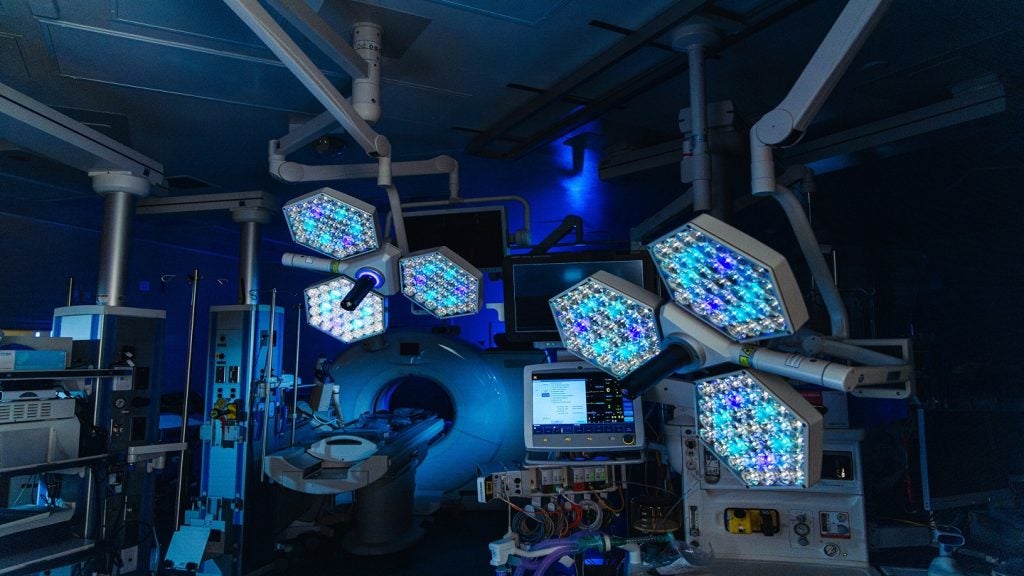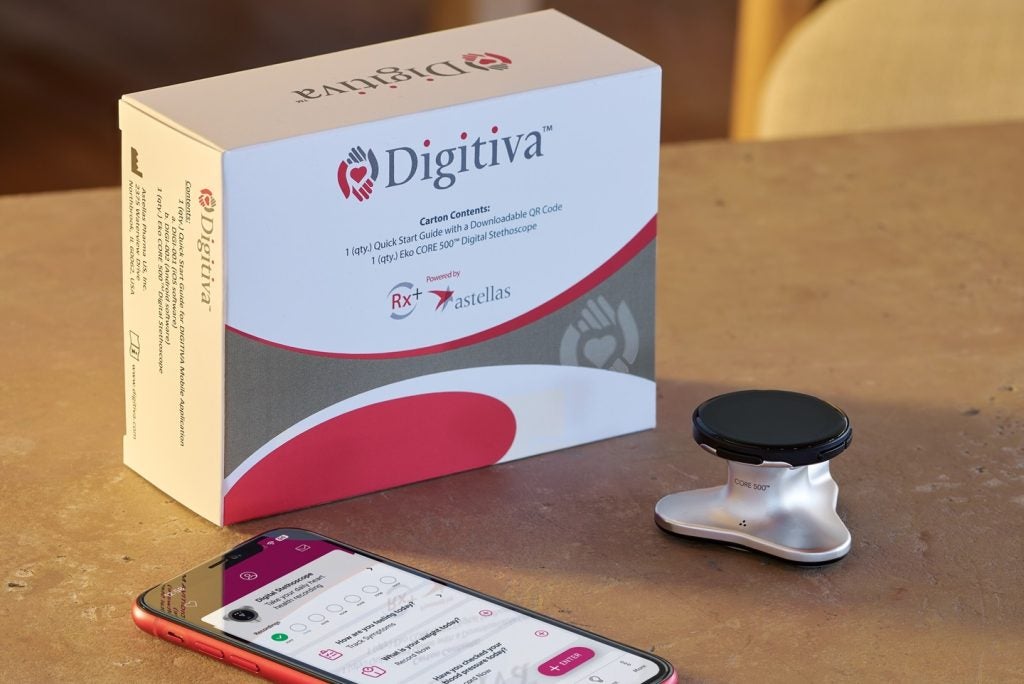Neuralink has received approval from Health Canada to launch the first global trial, ‘Canadian Precise Robotically Implanted Brain-Computer Interface’ (CAN-PRIME), to evaluate its implantable device.
The company also received approval to begin recruiting for the trial in Canada.
The University Health Network (UHN) hospital has been selected as the site for this study. The procedure, involving a wireless brain-computer interface (BCI) implantation, will take place at its Toronto Western Hospital.
CAN-PRIME is designed to assess the safety of Neuralink’s implant and surgical robot and assess the preliminary functionality of the BCI to aid individuals with quadriplegia in controlling external devices using their cognitive ability.
It seeks to assess the safety and initial functionality of the N1 implant and R1 surgical 'Robot' in patients with tetraparesis or tetraplegia.
The trial targets Canadian residents with amyotrophic lateral sclerosis (ALS) or cervical spinal cord injury, who have limited or no use of both hands.
The N1 Implant, a compact wireless device placed within the skull, connects to the brain via threads positioned by the R1 Robot. This study is instrumental in determining the safety of the implant and robotic system.
The surgical procedure, which claims to employ advanced technology and surgical techniques, will be performed by UHN's interdisciplinary team of experts.
UHN president and CEO Dr Kevin Smith said: "This progress is a testament to the dedication and expertise of our world-leading medical and research professionals, as well as our commitment to providing the most innovative and effective treatments for patients.
“As the first and exclusive surgical site in Canada to perform this procedure, we will continue to shape the future of neurological care and further define our track record for doing what hasn't been done."
The CAN-PRIME study follows the company’s US-based PRIME study, conducted at the Barrow Neurological Institute where the second participant received the Neuralink implant known as ‘Link’ in July.
In this study, post-surgery, the company reported that the participant has shown progress in using digital devices, and the ability to use computer-aided design (CAD) software effectively to design 3D objects.
In September, Neuralink secured breakthrough device status from the US Food and Drug Administration for its ‘Blindsight device’.















